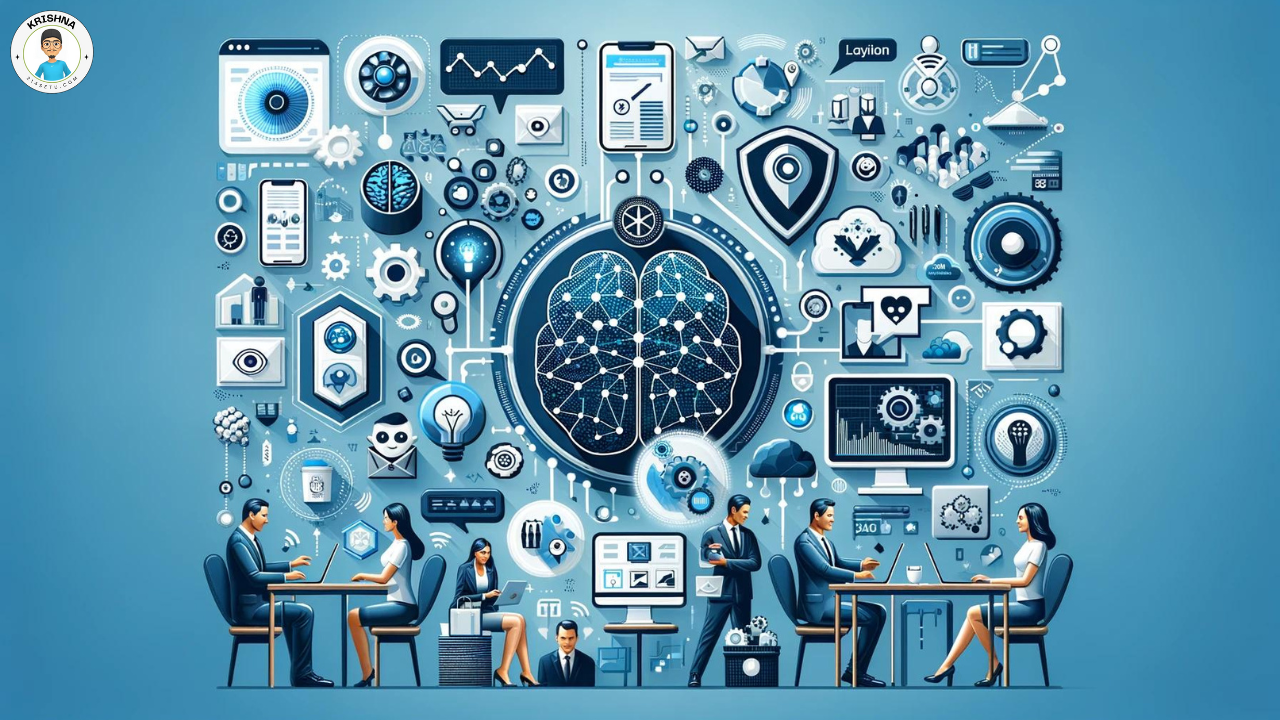
Did you know that personalized marketing can increase customer engagement by up to 50%? That’s right, in a world where customers crave unique experiences, hyper-personalization driven by AI is a game-changer. In this article, we’ll dive into how AI-powered hyper-personalization is transforming customer engagement and why it’s an essential strategy for modern marketers.
1. The Evolution of Personalization in Marketing
From Generic to Personal
Remember the days of generic mass marketing? Those days are long gone. Today, customers expect brands to know their preferences and deliver personalized experiences. The journey from mass marketing to targeted campaigns and now to hyper-personalization has been driven by one key factor: technology.
Role of Technology
Advancements in AI and machine learning have made it possible to analyze vast amounts of data and deliver highly personalized experiences at scale. These technologies are not just enhancing personalization; they’re revolutionizing it.
2. Understanding AI-Driven Hyper-Personalization
Definition and Components
So, what exactly is hyper-personalization? In the context of AI, it involves using data analytics, machine learning algorithms, and real-time data to create highly personalized customer experiences. It’s not just about knowing your customer; it’s about anticipating their needs and preferences before they even realize them.
Technologies Behind AI Personalization
Key technologies driving AI personalization include machine learning algorithms, which learn from data and make predictions; natural language processing, which understands and responds to human language; and predictive analytics, which forecasts future customer behavior based on historical data.
3. Benefits of Hyper-Personalization
Increased Engagement
Personalization boosts engagement by delivering relevant content and offers to each customer. When customers feel understood and valued, they are more likely to engage with your brand.
Improved Customer Satisfaction
Happy customers are loyal customers. Personalization enhances the customer experience by making interactions more relevant and enjoyable. This leads to higher satisfaction levels and long-term loyalty.
Boost in Sales and Loyalty
Personalization doesn’t just make customers happy; it drives sales too. Case studies have shown that personalized marketing can significantly increase conversion rates and foster customer loyalty.
4. Implementing AI Hyper-Personalization: Best Practices
Data Collection and Analysis
Collecting data ethically is crucial. Ensure that you’re transparent about how you collect and use data. Focus on data quality over quantity, and use robust analysis techniques to extract meaningful insights.
Customer Segmentation
AI can segment customers more effectively than traditional methods. By analyzing various data points, AI creates detailed customer profiles, enabling highly targeted marketing strategies.
Real-Time Decision Making
One of the biggest advantages of AI is its ability to make real-time decisions. This means you can offer personalized experiences at the exact moment they’re most relevant to the customer, enhancing engagement and satisfaction.
5. Case Studies
Successful Implementations
- Amazon: Uses AI to recommend products based on browsing history and previous purchases, driving significant sales increases.
- Netflix: Leverages machine learning to personalize content recommendations, keeping users engaged and subscribed.
- Starbucks: Implements AI-driven personalized marketing campaigns, boosting customer loyalty and sales.
Lessons Learned
From these case studies, it’s clear that successful hyper-personalization requires a combination of sophisticated technology, high-quality data, and a customer-centric approach. The key takeaway? Invest in the right tools and strategies to make personalization work for your brand.
6. Challenges and Considerations
Data Privacy
With great power comes great responsibility. Hyper-personalization relies heavily on data, raising privacy concerns. It’s essential to adhere to legal regulations and ensure that customer data is protected.
Balancing Personalization and Intrusiveness
Personalization is great, but there’s a fine line between being helpful and being intrusive. Make sure your personalization efforts enhance the customer experience without crossing into creepy territory.
Technological Challenges
Integrating AI with existing systems can be challenging. Ensure you have the right infrastructure and expertise to implement and maintain AI-driven personalization.
7. The Future of Hyper-Personalization
Trends and Predictions
The future of hyper-personalization looks promising. Expect advancements in AI to bring even more sophisticated personalization capabilities. From voice assistants to augmented reality, the possibilities are endless.
Evolving Customer Expectations
As technology evolves, so do customer expectations. Businesses must stay ahead of the curve by continuously adapting their personalization strategies to meet changing demands.
8. Wrapping Up
To sum it up, AI-driven hyper-personalization is transforming customer engagement in unprecedented ways. By leveraging advanced technologies and data, businesses can deliver unique, personalized experiences that drive engagement, satisfaction, and loyalty. Now’s the time to start integrating AI-driven personalization strategies into your marketing efforts.
FAQs
Q1: What is hyper-personalization?
Hyper-personalization involves using AI and data analytics to create highly personalized customer experiences based on real-time data.
Q2: How does AI enhance personalization?
AI enhances personalization by analyzing vast amounts of data, making predictions, and delivering relevant content and offers to customers in real-time.
Q3: What are the benefits of hyper-personalization?
Benefits include increased customer engagement, improved satisfaction, higher conversion rates, and greater customer loyalty.
Q4: What are the challenges of implementing AI-driven personalization?
Challenges include data privacy concerns, balancing personalization with intrusiveness, and integrating AI with existing systems.
Q5: How can businesses start with AI-driven personalization?
Start by collecting high-quality data, investing in the right AI technologies, and focusing on creating a customer-centric personalization strategy.

